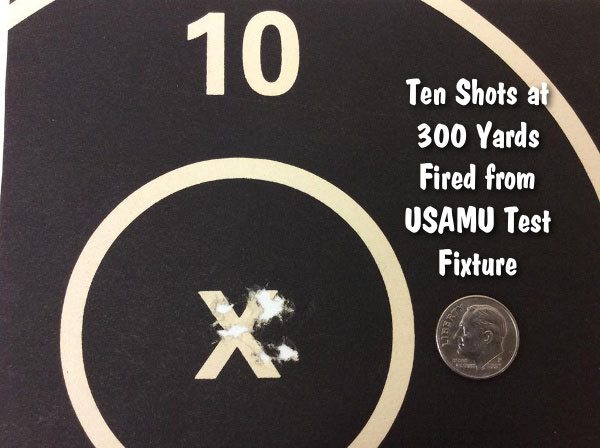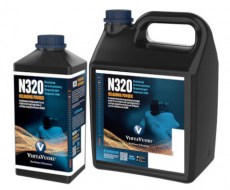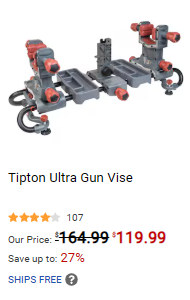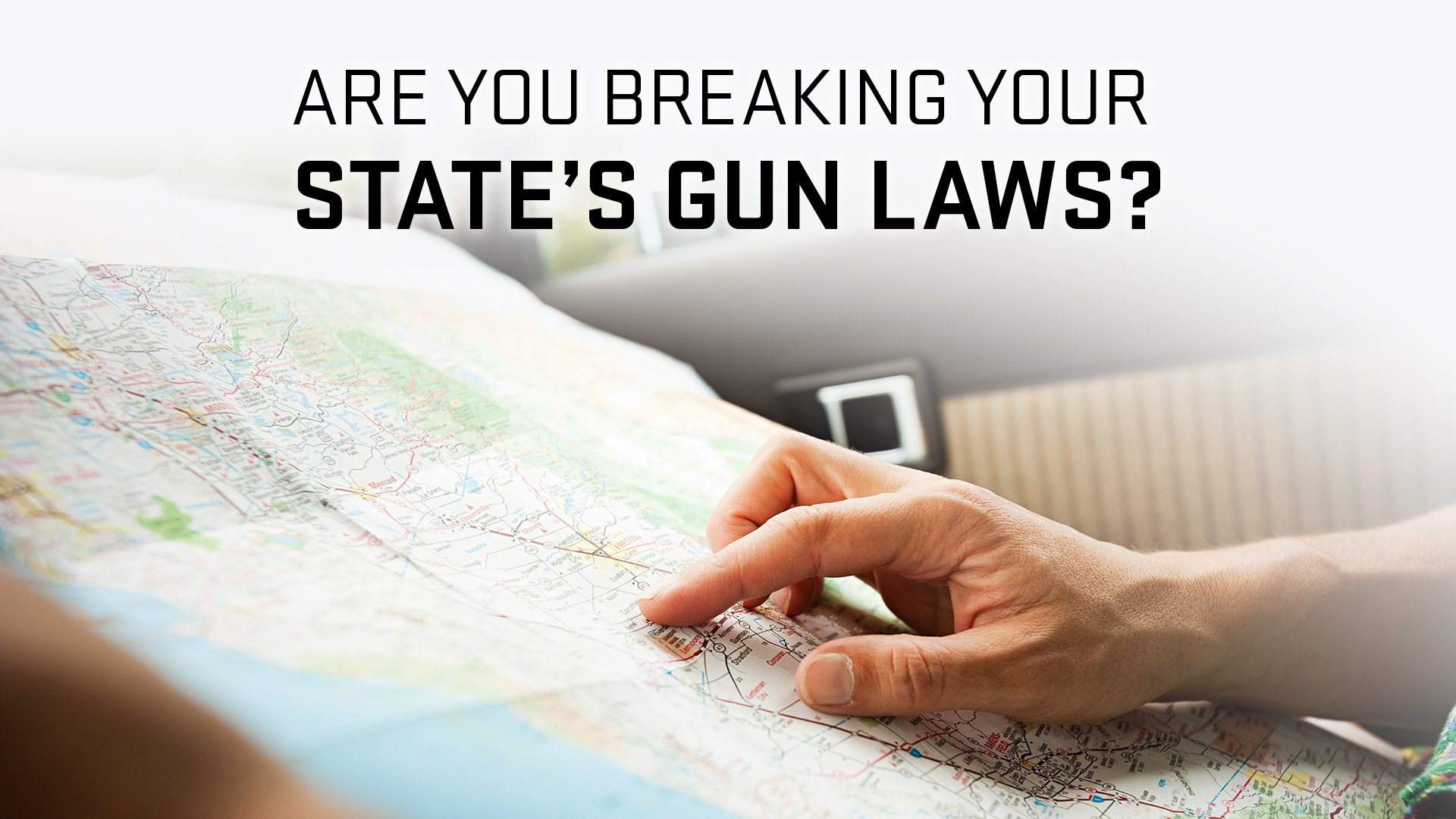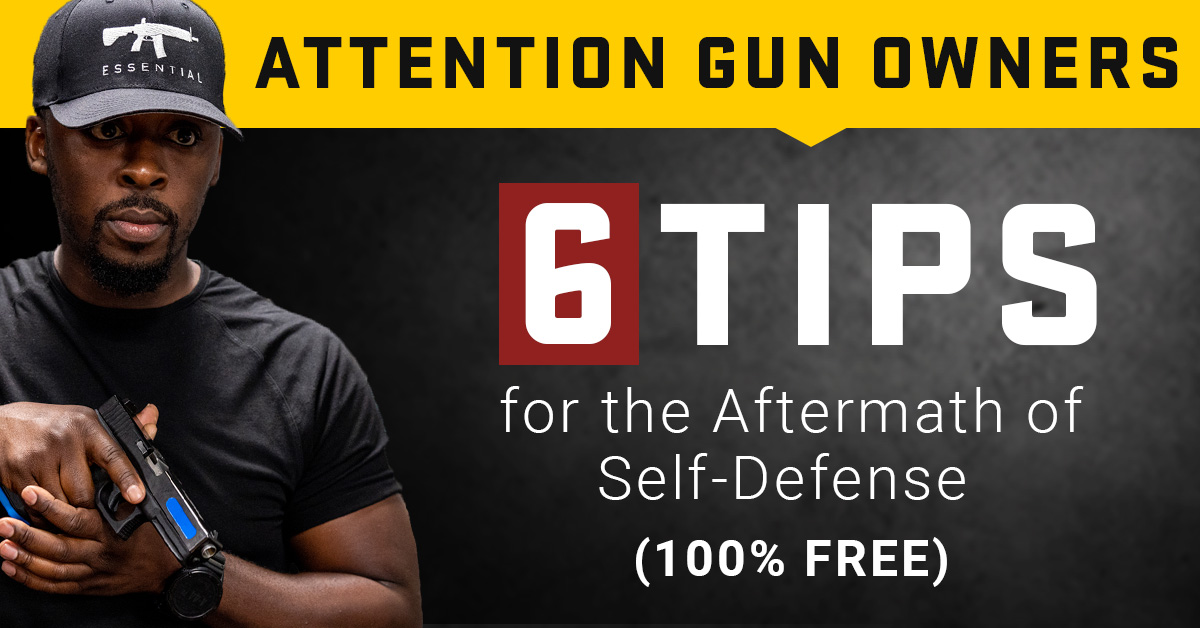This USAMU article explores the three different “Philosophies”. Some handloaders aim to produce ammunition that produces the tightest groups possible (without taking into account the wind). Some shooters load ammo for the highest possible velocity. This is because a projectile fired at a higher velocity will drift less into the wind. The theory is that, even if the fast ammo does not produce the tightest groupings in zero wind conditions it will still yield higher scores when the wind blows. Some handloaders prefer ammo which is consistent across a wide range of temperatures. This last philosophy dictates the selection of a temperature-insensitive powder, even if this may not produce the best raw accuracy (or velocity). What is your handloading philosophy? What are the objectives of reloading?What is the most important thing you value as a reader? Viewpoint ONE : Accuracy is everything
Some shooters are willing to sacrifice some velocity (and wind deflection reduction) in order to achieve consistent, excellent accuracy at medium/long distances. The underlying philosophy of these shooters could be summarized as: “Superior precision is present in every shot, but wind is not”. This type of decision is based on the ability to hold, aim and read the wind. The photo below demonstrates raw accuracy. This is a 10-shot, 0.67” group of 10 shots at 300 yards fired from a text fixture. The group is only 0.67”. This is the USAMU’s load of 75gr bullets for 600 yards. Viewpoint TWO – Load at the highest safe velocity for less wind drift
Some shooters are more concerned with achieving the highest possible safe velocity even if their mechanical accuracy isn’t as good. The theory is that a good hold will extract as much mechanical accuracy as possible from the rifle/ammo, and faster bullets will equal occasional “bonus points” snatched by the wind. One of the many Service Rifle National Champions from the USAMU revealed his philosophy. It can be stated that a super-accurate but [relatively] slow load “required a Ph.D. for wind reading every shot” while a faster but less accurate load “netted him more points.” Note – this was not just speculation, his score book data supported his claims due to less effects of wind. This fellow has a consistent National Championship-level holding, and other Champions from the same team may have chosen differently. Viewpoint THREE : Temperature stability is key
Another approach is to emphasize fine accuracy and absolute stability in changing temperature. This was the goal of this writer when he was actively earning his Distinguished Rifleman Badge. Why? In EIC (“Leg”) matches, sighting shots are not permitted. The first shot was used to score. It had to be consistent with a very predictable and reliable elevation and wind deflection, regardless of ambient temperature. It is important to choose a powder which is not sensitive to temperature changes. Elevation zeros, wind effects and other factors had to be consistent. Hunters, military snipers and those pursuing their Distinguished Rifleman badges may fall into this category. Compare that to a traditional High Power Shooter who gets two sights before each event. (Offhand, sitting rapid fire, prone rapid fire, prone slowfire.) The shooter can correct if there is no change on a given day. This writer remembers talking to another very high-level Service Rifle competition who was happy that high temperatures increased the velocities in his ammunition above their normal level. For this SR competitor, 60-80 fps of additional velocity — even if it was only due to high ambient temperature — meant less wind refraction, and he couldn’t be happier. Temperature stability is important, especially in the summer when temperatures are high. Loads that were developed in winter might not work in summer. This article is confined to the NRA High Power Rifle Competition, which has relatively generous 10 ring dimensions compared to the accuracy of well built competition rifles. This article will hopefully give you some food for thought. This could be a chance for some to make sure that their approach to load development helps them achieve the desired results.
